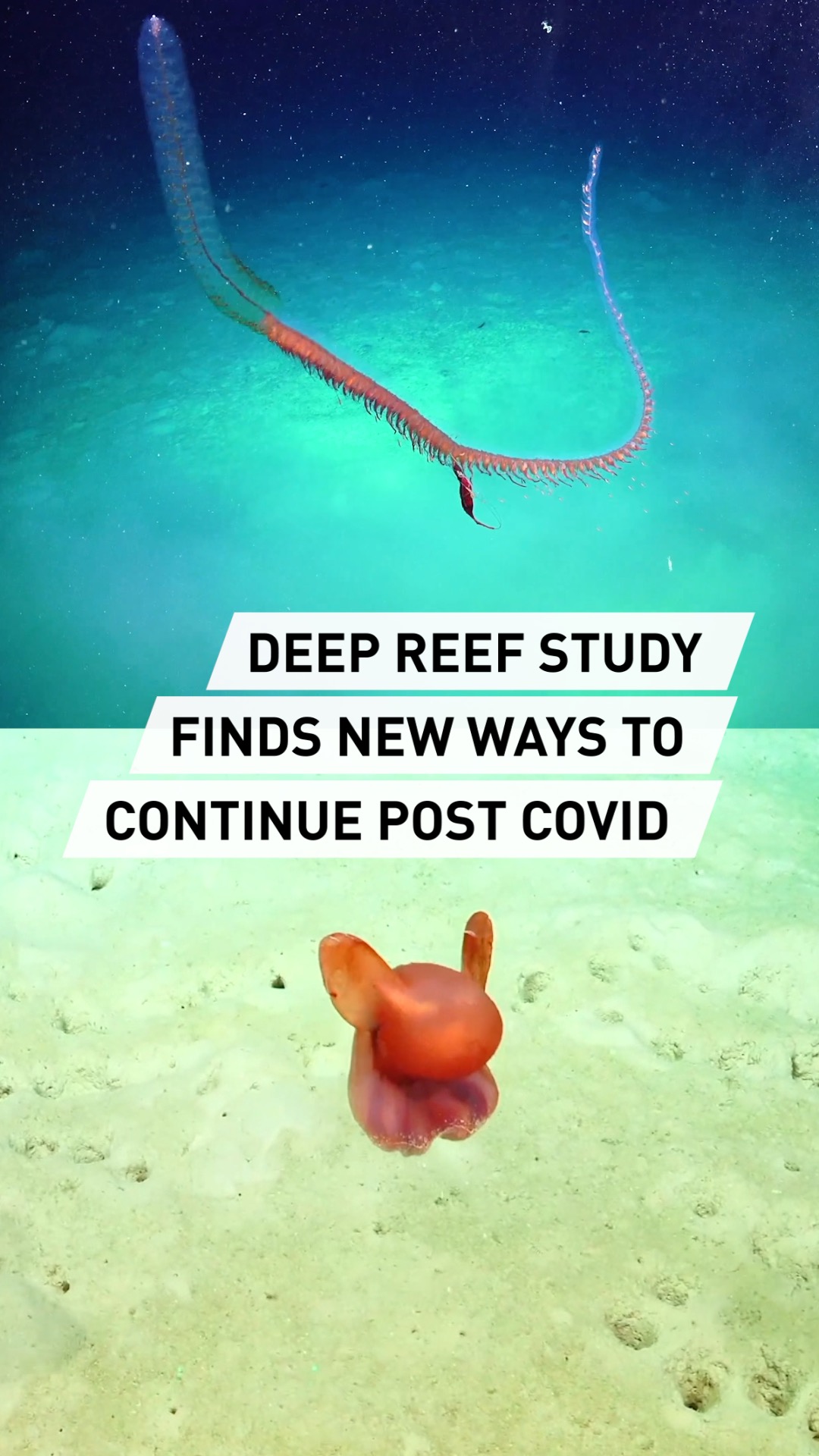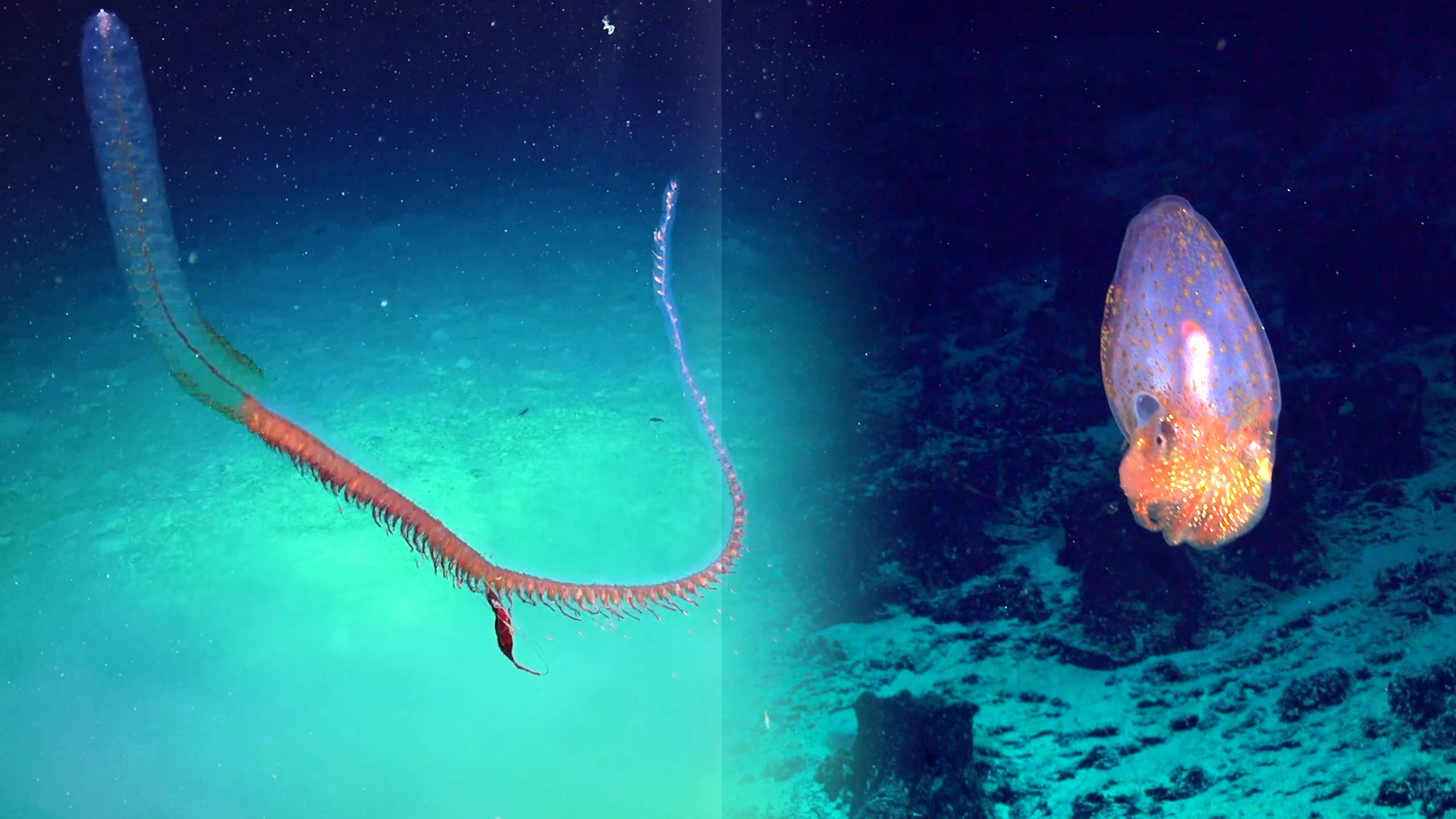02:05

The COVID-19 pandemic has meant much of the scientific research going on around the world has ground to a halt as many researchers switch their focus to studying the new virus.
However, some projects have managed to go ahead, finding innovative ways to adapt to working remotely.
One example of this is the Nippon Foundation-Gebco Seabed 2030 Project, which has the ambitious goal of mapping the world's oceans by 2030.
The collaboration involves teams from across the globe. Rob Beaman and his team are mapping the seafloor around Australia.

Only 20% of the world's seabeds have been mapped. /CGTN
Only 20% of the world's seabeds have been mapped. /CGTN
The team of scientists map the seafloor using multibeam sonar, which sends out sound pulses, or "pings." These bounce off the seafloor and return to the ship. The system calculates the time each pulse takes to return and translates that data into a 3D image.
As well as mapping the seafloor they also send down a remotely operated vehicle, or ROV, known as "SuBastian," with other images in mind. The steep coral atolls provide a habitat for a rich array of life, even at depths of up to one kilometer.
Robin Beaman, a scientist at James Cook University, says that if you compare the ocean to Mars or the moon, the latter have been 100 percent mapped from satellites that have been sent out, compared with 20 percent of the world's seabeds.
"There's an awful lot yet to discover," says Beaman.
He adds: "When you look at the Earth you understand that seven-tenths of that globe is underwater.
"So, straight away, we can contribute 35,000 kilometers of brand new seafloor mapping data to that global effort."
Beaman says the team now has a really good understanding of what's living in the deeper parts of the Coral Sea Marine Park and this is a huge benefit because, as he puts it, the team are the custodians for that part of the world.
Video editor: Terry Wilson